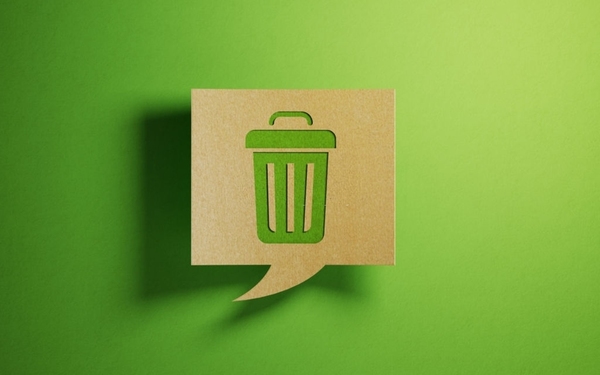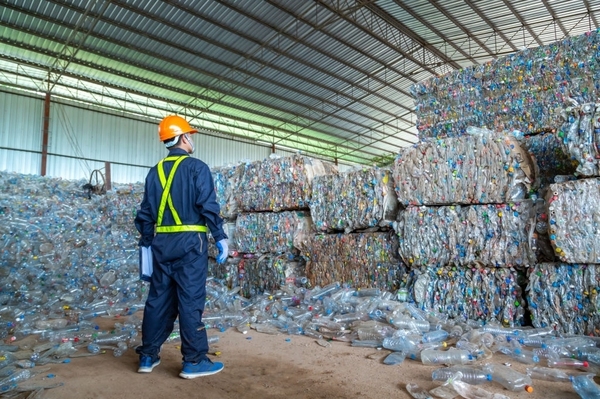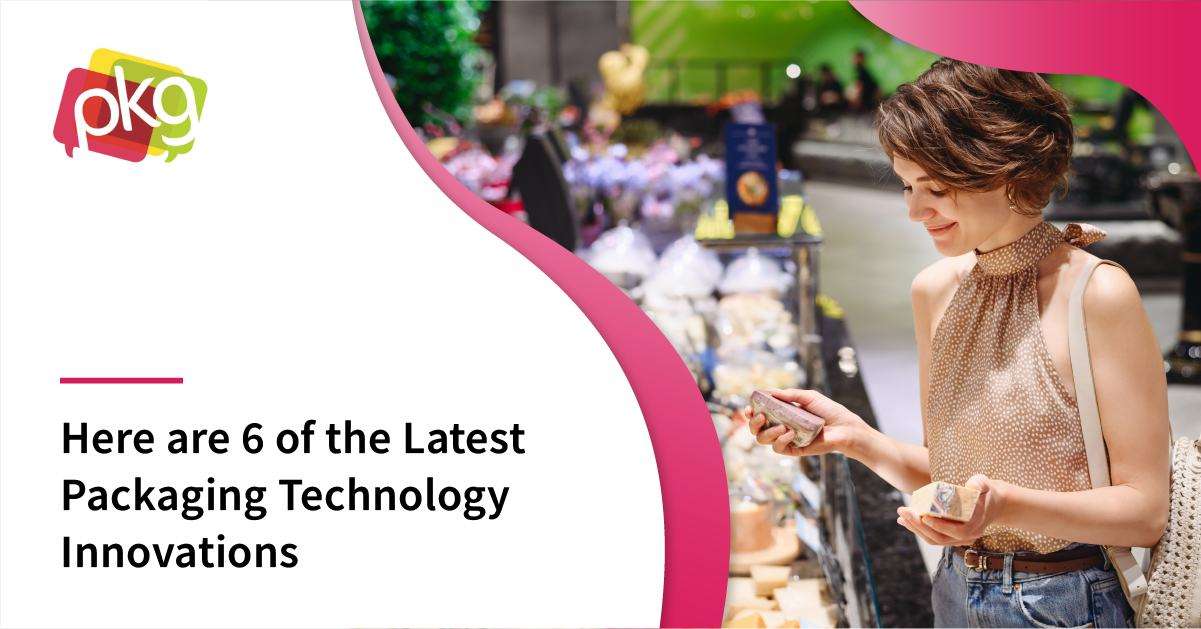
Biodegradable plastic may sound like an oxymoron, but it isn’t. While these bio-plastics are terrific for the environment, they are creating new challenges for packaging design. If the designer fails to properly communicate the recyclability of the bio-plastic product, it is more likely to end up in the landfill. Here’s what you need to know.
Bio-Plastics and Packaging Design
Packaging Digest calls it “end-of-life labeling.” Without it, biodegradable plastics may end up in the landfill like any other plastic packaging. Instead of being composted, the product will be perceived as having no recycle value. This could not only harm the environment; it could damage your brand.
There are three types of biodegradable CPG packaging designs today: Cellophane, starch-based plastic, and PLA. Each has benefits and applications suited to the product. For example, PLA is great for packaging produce but not suitable for water bottles. But while biodegradable packaging design is growing in popularity, it’s not just how we use the products, but what we do with them afterward, that makes them relevant to our customers.
The problem is that many of these biodegradable packaging designs look exactly like their plastic counterparts. Packaging Digest did an interview with a San Francisco recycling official who admitted that compostable packaging often ends up in the landfill.
The responsibility rests with CPG packaging designers that often fail to communicate through labeling to show what to do with these products at the end of their use. Packaging Digest suggests adding words such as “Certified Compostable” in one-inch (or larger text) or stamping “Biodegradable” prominently on the package may help.
Addressing End-of-Life Labeling Through Regulation
We’re seeing the beginnings of state legislation addressing these issues. For example, in Washington state, HB 1569 will go into effect in July 2020. The new law outlines labeling rules for packaging designs for any compostable product. It’s landmark legislation that makes biodegradable CPG packaging easy to identify so that recycling companies will know not to pull the items out of sorting production and send them to the landfill.
A prior bill from Maryland, HB 1349, which has been in effect since 2017, only tackled compostable bags, requiring certification logos, wording, and green bag tinting.

Packaging Digest reports that when in doubt, recyclers will always err on the side of caution and pull out any products that they fear might not be recyclable. Without proper packaging design to communicate that an item is compostable, companies will simply waste their efforts to do the right thing.
To compound the packaging design failure, consumers, as the end-user of the product, will also not recognize the effort your company is taking to protect the environment. It may be the “tree falling in the forest syndrome” — by failing to properly create packaging designs that identify the compostable nature of the product package, companies seeking to protect the environment will actually waste a lot of time and money.
PKG Brand Design is always on the forefront of new CPG branding and packaging initiatives; please subscribe to our blog for the latest package design industry news!







